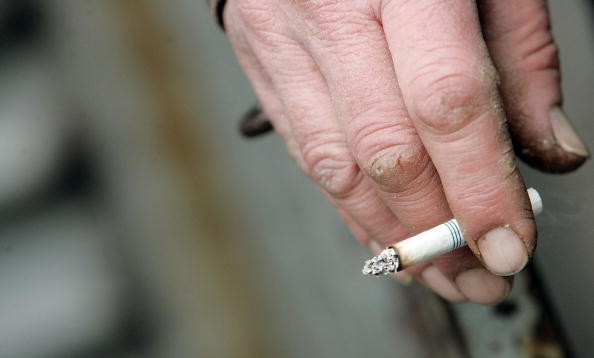
So you want to quit smoking? Wanna make a bet? Seriously, people who put up some of their own money on whether they would be able to quit smoking were more successful than those who did not have their money on the line.
A study has found that smokers who put up $150 of their own money were more likely to be successful at quitting than those who did not have to wager their own money to get cash rewards when they quit.
The study involved about 2,500 employees of the pharmacy chain CVS Caremark (now CVS Health) and their friends and family. They received postcards asking them if they wanted to quit smoking. Different people got cards offering one of five different incentives to quit. Some simply were asked if they wanted to win up to $800. Others were asked to join a collaborative group, where the reward was based on how well the group did. One incentive combined a carrot and a stick by offering a similar financial reward, telling the smokers they had to deposit $150 of their own money that they would lose if they started smoking again, but that they would get $800 if they quit for 6 months. One set of participants were given usual care, where they received information about quitting and nicotine replacement aids.
The researchers found that although it was hard to convince people to make a deposit of their own money, the results were much better when they did. Of the participants who were asked to join the reward-based programs, 90% accepted the offer, compared to just 14% of those assigned to the $150 deposit programs. Within the group putting up their own money, 55% were able to stay off cigarettes for 6 months. Only 17% of the people in the reward-only group lasted 6 months. Just 6% of the usual-care group succeeded.
The group-oriented incentive did about the same as the individual-oriented incentive, with a 14% success compared to 12% success.
CVS is planning to launch a quit- smoking program that will require a deposit of $50 and will reward successful quitters with $700 if they stop smoking for a year.
The study was conducted at the Perelman School of Medicine at the University of Pennsylvania and was published in the New England Journal of Medicine.



